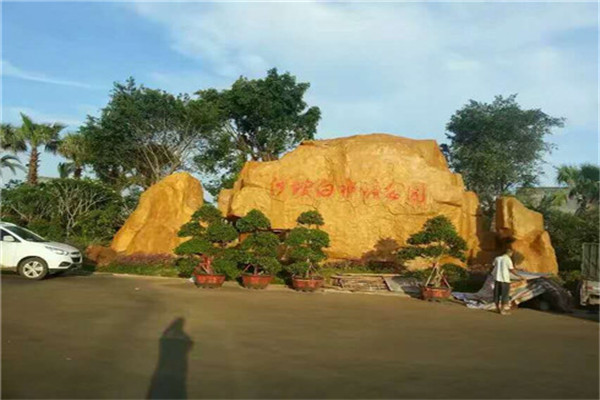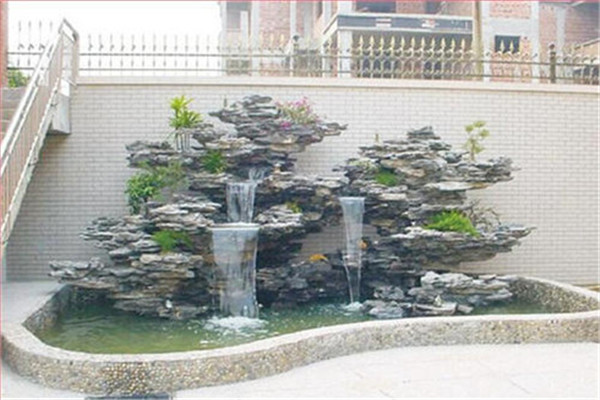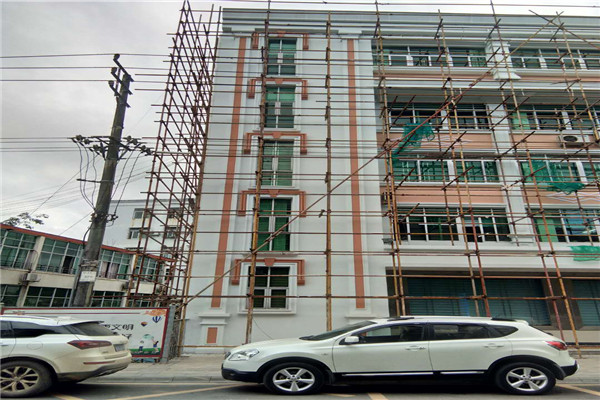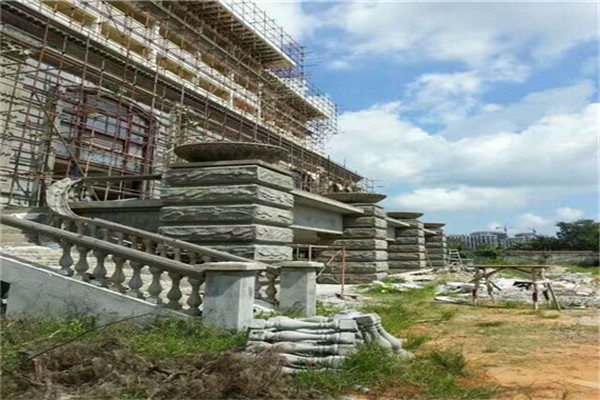
Artificial landscape rockery is a kind of mountain built with soil, stone and other materials for the purpose of landscaping in gardens. The rockery has various landscaping functions, such as forming the main landscape or terrain skeleton of the garden, dividing and organizing the garden space, arranging the courtyard, revetment, slope protection, retaining soil, and setting natural flower beds. It can also be combined with garden buildings, garden roads, sites and garden plants to form a scene full of changes, so as to reduce the artificial atmosphere, add natural interest, and integrate garden buildings into the landscape environment. Therefore, rockery has become one of the characteristics of Chinese natural landscape garden. The natural landscape is the artistic source and basis of rockery creation. Although the real mountain is good, it is rare to visit it often. The front rockery is arranged near the house. As a work of art, it is more general and refined than the real mountain. It can embody people's thoughts and feelings, and make it have the charm of "mountains are beautiful, rocks are beautiful". Artificial rockery must also try not to reveal artificial traces, making it difficult to distinguish the true from the false. The rockery, which comes down in one continuous line with the traditional Chinese landscape painting, is important because it seems true but not true. Although it is false, it is still true, which is thought-provoking.

First of all, make the structural layer of the steel bar mountain mesh on the stone wall. According to the Hainan sculpture stone structure, the density of the steel bar is about 30 to 50 cm. Then, bind and weld the steel bar on the exposed steel bar head. Pay attention to the need to shape the approximate shape. After the steel bar is welded, tie a layer of steel wire mesh outside, and then start painting. The first painting is to make a base. For the second painting and shaping, it is necessary to make some rock texture, such as concave and convex, wrinkles, because the above steps must be grasped, and craftsmen must make the surface very artistic! Must have basic skills of modeling and stone molding. It is effective to spray stone like paint. Before large-area spraying, small samples were tested to show speckled particles in natural stone. Fill the gaps in the stone wall with earth and then plant them. Maybe fill some ceramic bottles and jars that are harmonious with the theme materials. There are still some water sources in the pottery to supplement its spatial diversity. There is also a new type of plastic stone, which is made of light materials such as environment-friendly building raw materials, fine resins, efficient reinforcing agents, pro aggregate, imported pigments, etc., by mixing, processing, and molding, and then steaming and curing at high temperature. Each product has different shapes and various combinations, which are no different from real stones in texture, color and texture.

The openwork carving technique is an original carving technique in Putian. There are still many "gold inlaid openwork lanterns" and "embossed flower windows" in the Palace Museum in Beijing, which all support the traditional craft charm of Putian wood carving. From the end of the Ming Dynasty to the beginning of the Qing Dynasty to the Republic of China, Putian wood carvings were mostly made of longan wood, which was rich in local production. Carved into various military officers, women or gods, antiques, supplemented by old paint painting, make the work more deep color. Zhu Bangshou, Huang Dangui, Chen Xiange and other famous painters, together with Liu Ronglin, formed a round sculpture character style characterized by Pu style military generals. So far, many figures and architectural decoration wood carvings have been left for future generations in Guandi Temple, Yuanxia Village, Jiangkou Town, Jiufeng Village, Wutang Town and other old folk houses, These masterpieces, which combine round, transparent and relief carvings, are treasures of Putian wood carving art.

Jade carving, commonly known as jade ware, has a long history. Jade pendants appeared in China during the Neolithic Period, and the jade carving skills of the Shang Dynasty were relatively mature. There are dozens of jade carving materials, such as white jade, jasper, sapphire, black jade, jadeite, crystal, agate, topaz, single jade, Xiuyu, etc. Kunming EPS components Because the jade itself is fine, hard and warm, or white as cream, or green and green, bright and lovely color, suitable for making valuable decorations. As for the production of jade, most people think it is carved with a carving knife, but it is not. EPS components Price The jade is hard, and the carving knife cannot cut it into it. Instead, it is polished by various shapes of drill bits, emery and water, depending on the shape of the work. Therefore, it takes a long time to complete a jade carving.




